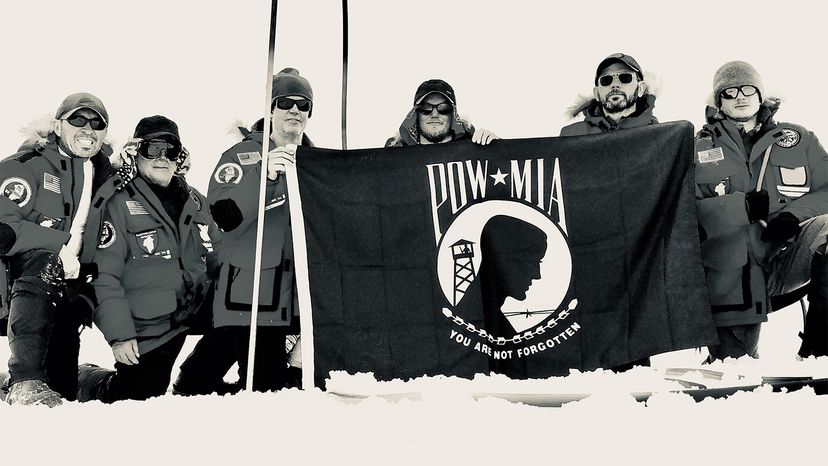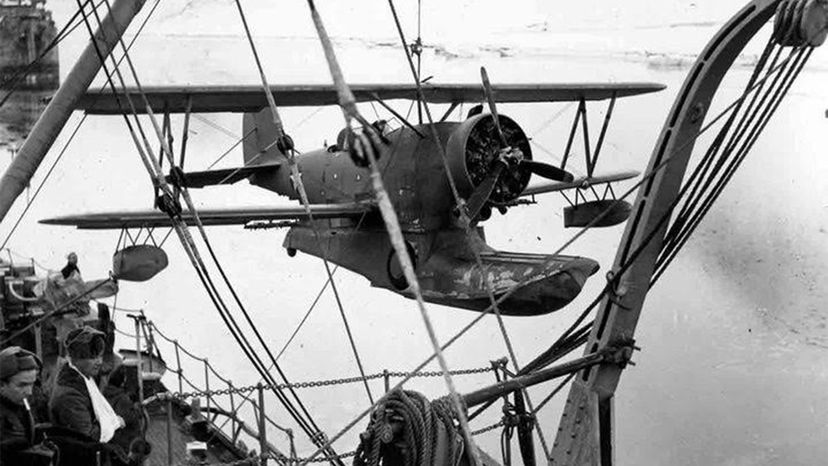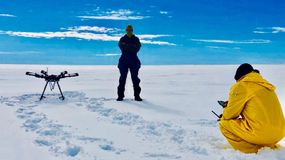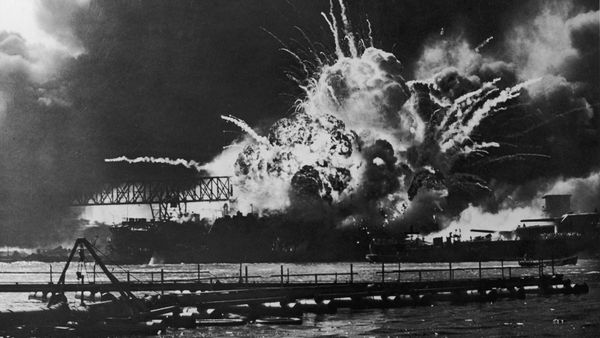
Key Takeaways
- A group utilized a drone with ground-penetrating radar to find a Lockheed P-38 Lightning, part of the WWII "Lost Squadron," under ice in Greenland.
- This discovery may lead to finding a Grumman J2F-4 Duck lost during a rescue mission in 1942, aiming to recover the remains of the crew.
- The use of drones represents a significant advancement in searching for aircraft lost in remote and challenging environments like Greenland's ice fields.
During World War II, hundreds of U.S. aircraft flew across the North Atlantic to bases in England via the perilous "Snowball Route," which necessitated landing in Greenland to refuel and then taking off again, sometimes into the path of brutal snowstorms. About 10 percent of the planes crashed, and sometimes the planes sent out to rescue them suffered a similar fate, according to Nicholas A. Veronico's book "Hidden Warbirds: The Epic Stories of Finding, Recovering and Rebuilding Lost Aircraft."
Seven decades later, a group called the Fallen American MIA Repatriation Foundation says it has used a heavy-lift drone aircraft equipped with ground penetrating radar to locate one of those lost planes, a Lockheed P-38 Lightning fighter hidden under several hundred feet of ice on the east coast of Greenland. The P-38 is part of the famous "Lost Squadron," a group of six P-38s and two B-17s on a flight to Iceland that had to turn back because of bad weather in July 1942, and were forced to crash-land. Though the crews were rescued, the planes were abandoned and gradually enveloped by ice and snow. (Another P-38 from the squadron was recovered by a different group in 1992, as detailed in this 2007 Air & Space Magazine article.)
Advertisement
Jim Salazar, a southern California businessman and pilot who has joined forces with fellow lost-aircraft searcher Ken McBride, hopes that this P-38 discovery will be the prelude to an even more momentous find. Salazar says in an interview that the search team plans to return to Greenland in 2019. In addition to retrieving the P-38 from the ice, searchers will head to nearby Koge Bay and deploy several more radar-equipped drones in an effort to locate a Coast Guard Grumman J2F-4 Duck, a small, single-engine amphibious plane that vanished in a storm during an effort to rescue a crashed B-17 crew in late November 1942. They hope not only to locate the wreckage, but also to retrieve the remains of the decorated pilot, Lt. John A. Pritchard, Jr. along with those of his radioman, Petty Officer 1st Class Benjamin Bottoms and U.S. Army Air Corps Cpl. Loren Howarth, who also were on board.
"Our idea is to recover these heroes," Salazar says.

The combination of drones and ground penetrating radar (GPR) could be a potential game changer for locating long-lost aircraft in Greenland and elsewhere. Previously, searchers had to put radar equipment on sleds and slowly comb the surface, facing the continual risk of falling into crevasses in the ice. "You're pulling a sled on the ice cap, and not knowing if you're going to fall through," Salazar says. By using robotic aircraft that fly 32 feet (10 meters) off the ground, it's possible to cover a larger area far more quickly.
The search team spent several years figuring out how to couple a lightweight GPR system with a drone and develop the software needed to operate it. The technology performed well in tests in Europe, but "that's not the same as the Greenland ice cap," Salazar explains.

But when they got to Greenland, the technology exceeded expectations. "We had two teams, a conventional sled team and the newly developed drone team," Salazar explains. "By the time our guys on the sled team had put their harnesses on and had the equipment ready to go, the drone already had gone up, made radar contact with the P-38, and landed. You could see in real time what the drone actually was seeing. It was incredible."
Since the radar could only confirm the existence of a large object under the ice, the team lowered a steam probe. The latter brought up hydraulic oil, indicating the presence of an aircraft. (Here's a more detailed account of the search and discovery that the team provided to Warbird Digest, a publication for military aircraft enthusiasts.)
Salazar says that finding the Duck will be a tougher challenge. The amphibious aircraft was smaller than the P-38, and unlike the fighter, was an old-fashioned aircraft made from wood and canvas, so didn't produce big radar echoes. "We're looking for the engine case," Salazar explains.
Previous efforts to find the plane have been unsuccessful. A U.S. military team went to what was believed to be the location in 2013, but were unable to find anything, the Associated Press reported in 2014.
Finding the Duck would provide a resolution to a tragic saga that began on Nov. 28, 1942, when Pritchard and Bottoms took off in an effort to rescue a the nine-man crew of a crashed B-17 who were stranded out on the ice. According to Mitchell Zuckoff's 2013 book, "Frozen in Time: An Epic Story of Survival and a Modern Quest for Lost Heroes of World War II," Pritchard reached the B-17 that day and not only managed to land on the ice but also to take off again with two of the bomber's crew, the first time a pilot had accomplished that feat in Greenland.
After returning to the Northland, their base ship, Pritchard and Bottoms flew back to the crash site the following day, Nov. 29, to pick up more men. By then, rescuers on motor sleds had reached the bomber as well. But one rescuer had fallen into a crevasse and was in danger. Pritchard and Bottoms got back in the plane, with Howarth accompanying them, and tried to fly back to the Northland to get help. But instead, they were caught in a storm that arrived sooner than expected and crashed.
A week later, a B-17 pilot spotted the wingless fuselage of the Duck along the coast. But bad weather and uncertainty about the precise location forced searchers to abandon efforts to reach wreckage, and Pritchard, Bottoms and Howarth were left out on the ice where they had died, according to Zuckoff. Pritchard and Bottoms were posthumously awarded the Distinguished Flying Cross. The rescuer lost in the crevasse also died, and the surviving members of the B-17 had to spend a harrowing winter out on the ice, before finally being rescued in the spring.
Salazar is hopeful that the new technology will enable his team to find the Duck and the remains of the three servicemen. "Once success is achieved in this mission, we plan to bring the same kind of effort to other possible recovery sites," he says.
Advertisement
